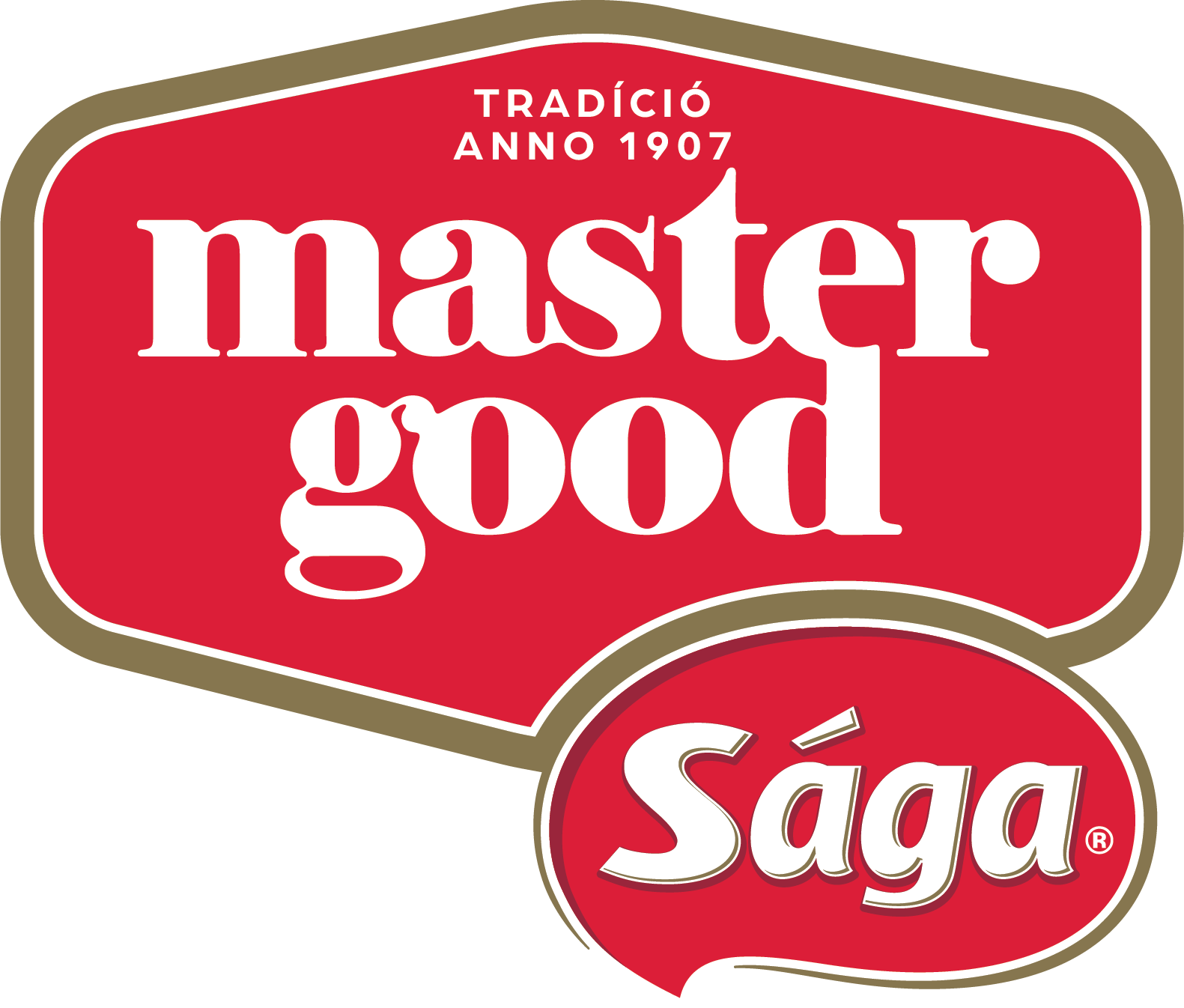The presence of certain ingredients in food can cause an allergic reaction or intolerance in some people, which can sometimes be a health hazard. Existing legislation therefore considers it particularly important to provide information on the presence of substances that cause allergies or intolerances. As December 13, 2014. these ingredients must be displayed in a visible way, so that they can be clearly distinguished from the other ingredients in the list of ingredients.
The regulations require mandatory information on the intentional presence of substances that cause allergies or intolerances. However the regulations leave the responsible food manufacturer to voluntarily provide information on the unintended presence of substances causing allergies or intolerances.
OUR ALLERGEN INFORMATION LABELLING:
The term “lactose free” means, that the lactose content of the product is less than 0.1g/100g or 0.1g/100ml.
The term “gluten free” means, that the gluten content of the product does not exceed 20 mg/kg.
The term “without added soy” means, that there is no soy in the product intentionally, however its unintentional presence cannot be excluded.
The allergen status of a product is voluntarily summarized separately after the “Allergen information” text. Only the name of the allergen group will be included in the summary, so for example, if milk power and skimmed milked powder are present, only the “may contain milk” text will appear.
The statement “Avoid contamination of the product with other allergens after opening” is important at products in larger packaging (2 kg, 1kg), at products in artificial casings, which are opened on the point of sale and sold in a sliced format. Keeping the slicing counter clean and preventing allergen cross-contamination is the responsibility of the store. In case of these products, the allergen information refers only to unopened products.
BACKGROUND TO THE APPLIED ALLERGEN LABELS:
Legislation granting conditions for “lactose free” labelling are not in force, but the limit value is based on the previous Hungarian regulation.
Conditions of “gluten free” labelling are defined by regulations in force.
There are no previous or actual regulations setting the limits for labelling other allergens. As no limit value is defined, zero value for other allergens cannot be accepted, not even with the most sensitive laboratory technology.
In case of pre-packed products, the information always refers to unopened packages.
Despite the measures taken to prevent allergenic cross-contamination at the different stages of the food chain, the unintentional presence of substances causing allergies or intolerances cannot not be completely excluded.
TABLE ON ALLERGENS IN OUR PRODUCTS:
PRODUCTS MAY CONTAIN INTENTIONALLY:
MUSTARD
Mustard and other products made from it.
GLUTEN
Cereals containing gluten, so wheat (for example spelt wheat or Khorasan wheat), rye, barley, oat and their hybrid varieties and products made from them.
MILK
Milk and products made from it (including lactose).
CELERY
Celery and products made from it.
TERMÉKEINKBEN SZÁNDÉKOSAN NINCSENEK JELEN:
EGG
Egg and products made from it.
CRUSTACEANS
Crustaceans and products made from them.
FISHES
Fishes and products made from them.
PEANUT
Peanut and products made from them.
NUTS
Nuts, namely almond, hazelnut, walnut, cashew, pecan, Brazilian nut, pistachios, macadamia nut, Queensland nut and products made from them.
SESAME SEED
Sesame seed and products made from it.
SULPHUR DIOXIDE
Sulphur dioxide and sulphites expressed as SO2 in concentration exceeding 10 mg/kg and 10 mg/litre respectively.
LUPIN
Lupin and products made from it.
MOLLUSCS
Molluscs and products made from them.
SOY BEAN
Soy bean and products made from it.
